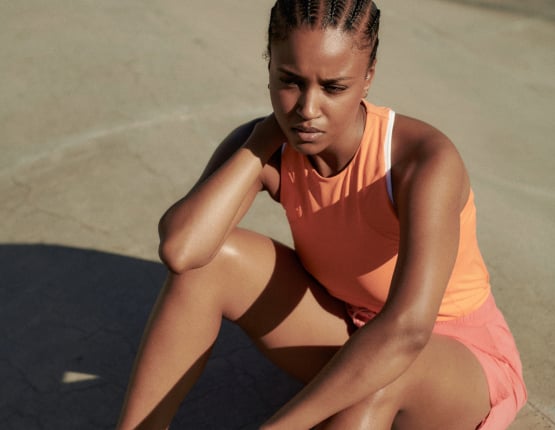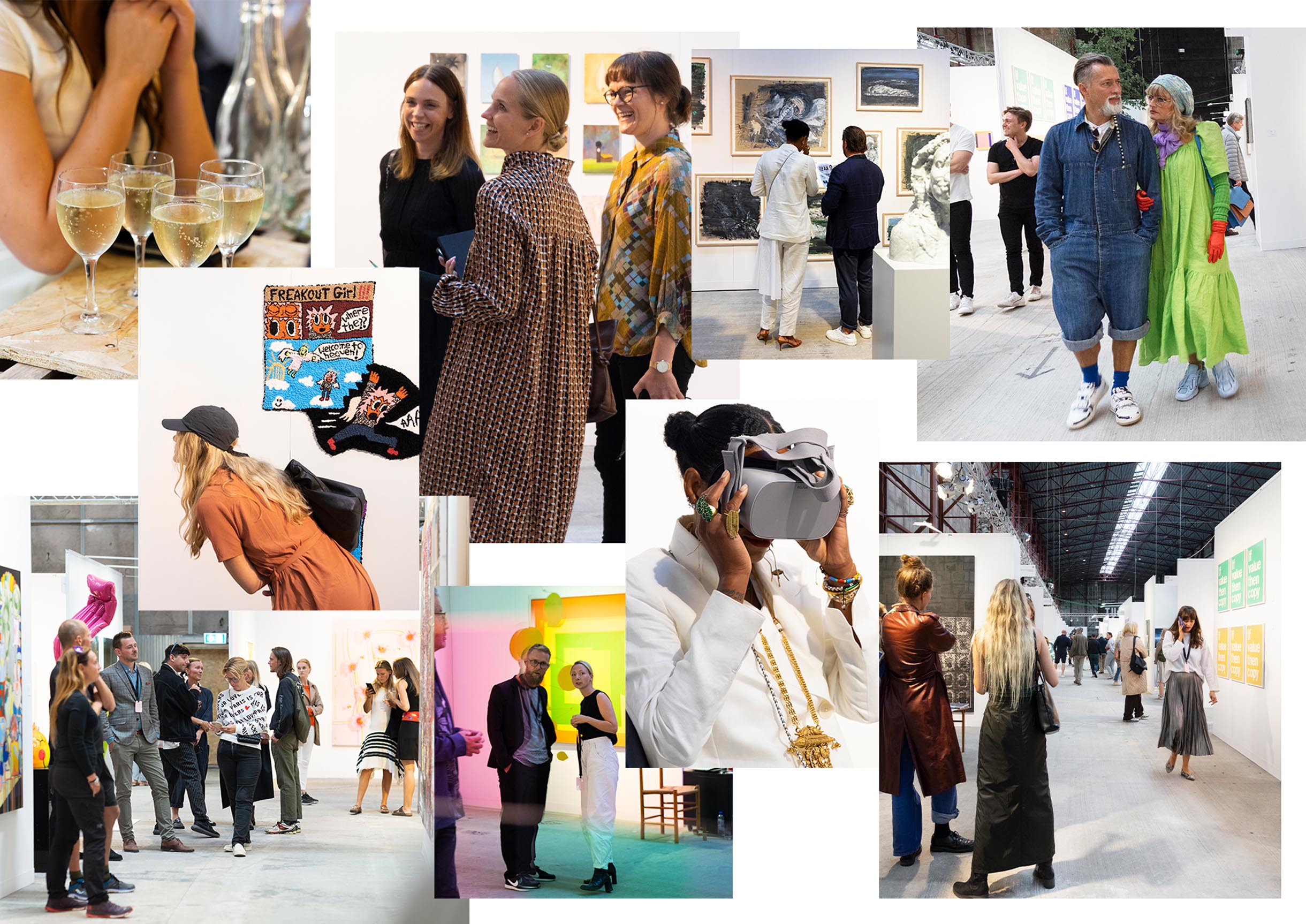 Sport voor Dames
Sport voor Dames Sport voor Heren
Sport voor Heren Sport voor Kinderen
Sport voor KinderenBeing comfortable and stylish are key when it comes to dressing for an art fair. As the art world opens again, here are our top tips on what to wear so you look just as good as the art on show.
Since it launched in 2019, The Enter Art Fair has become one of the core events of the art calendar, bringing in visitors to Copenhagen for the last three years to discover the very best contemporary art from around the world. This year running from the 26th to 29th August, it is going to be a much-buzzed success, welcoming more than 60 galleries and 250 artists from around the world with lots of headline grabbing activities throughout the four days.
The attendees of art fairs always tend to be so well dressed, the art world, it seems, has its own sartorial rules. They are rather good, involving a deft use of colour and admirable understatement as well as a certain amount of intellectual and conceptual rigour. Here are some of the top tips on how you too can dress for such an event.
Denim always looks good
A piece of denim in your outfit always looks good, as it’s easy to layer and works with pretty much every colour palette. A pair of high waisted dark denim jeans with a blouse, heeled ankle boots and a trench is the right side of sophisticated cool. As is a denim shirt over a white t-shirt, under a blazer paired with simple chinos.
Pay attention to your shoes
You need to be comfortable for all the hours you’ll spend on your feet. While a sneaker is acceptable just make sure they aren’t your scuffed old ones for this outing. Again, there’s an element of looking polished, so go for a classic white leather sneaker, they always look good. Ankle boots with a low heel and classic Chelsea boots for men will always look great and pair nicely with trousers or skirts for women.
PAID PARTNERSHIP
How to start an art collection?
Buying art is an investment and it can be hard to know how to make the first purchase. Here we give you a few tips on how to get started.
1
When deciding to enter the art market its best to educate your eye. Go and see as much as you can, at fairs, galleries, and exhibitions. The more you see, the more you will develop clear judgement. While a gallery may seem like an unapproachable place to some, gallery owners are interested in talking about their artists, so just be curious and ask lots of questions. Even when an exhibition that’s on in a gallery right now isn’t your taste, they are guaranteed to show and tell you about who else they are working with.
2
Once you have fallen in love with a piece of art, it’s time to explore more about the artist behind it. It’s good to know the artist’s other work, so that you can understand the context from which the work comes.
3
It’s a good idea to go for a gallery that works professionally with their artists, which means that in addition to selling works, they also focus on developing their artists’ careers. When a gallery works purposefully to ensure that their artist regularly receive exhibitions at museums and institutions, are reviewed in leading art magazines, and are presented at international fairs, there is a great likelihood that their artists will be more recognized and that their prices will steadily rise.
4
It is often young artists who are in the price range where you as a new buyer can participate and although it is often here that you see a relatively large price development, it’s also associated with risk, a bit like shares. The ‘lower’ you enter the market, the greater the risk. It’s a good idea to look at the artist’s resume and see if there are any activities that indicate they are moving forward. For example, have there been any institutional exhibitions, awards, scholarships, or anything else that might indicate that you have a rising star.
5
But the most important thing is that art should be bought with the heart. Buy what you love. All sorts of people will give all sorts of advice about what to buy and when and where to buy it, but the bottom line is, you must live with the painting or sculpture or installation, so you should like what it looks like, how it would feel to have it in your home. Unless you’re viewing art as a pure financial investment, trust your aesthetic response.
Choose your palette wisely
Choose two main colours and keep to them. For example, if you go for a bright amber sweater, complement with stone trousers which makes for a warm contrast to say a navy coat. If you fancy going for a bright colour, then stick to it all over. It makes way more impact but looks stylish at the same time.
Be smart, but not too smart
You don’t want to look to ‘worky’. It’s important to dress on the casual side of smart, with a dash of bohemian flair for good measure. Layering is the way to go, as not only will you be dressed for temperature changes, but it will give you scope to play with different elements. The key to success is the same two-colour rule above, and to mix your textures.
“Always keep in line with a sophisticated look. You can’t go wrong with a trouser suit, a white shirt or plain white t-shirt with a statement accessory to infuse colour and pull it all together.”
“The advantage of a trade fair like the Enter Art Fair is that there is a professional committee that has already approved all the galleries and artists that are represented. It provides some assurance of quality. Taste is subjective, but all the art at the Enter Art Fair has a high quality.”








